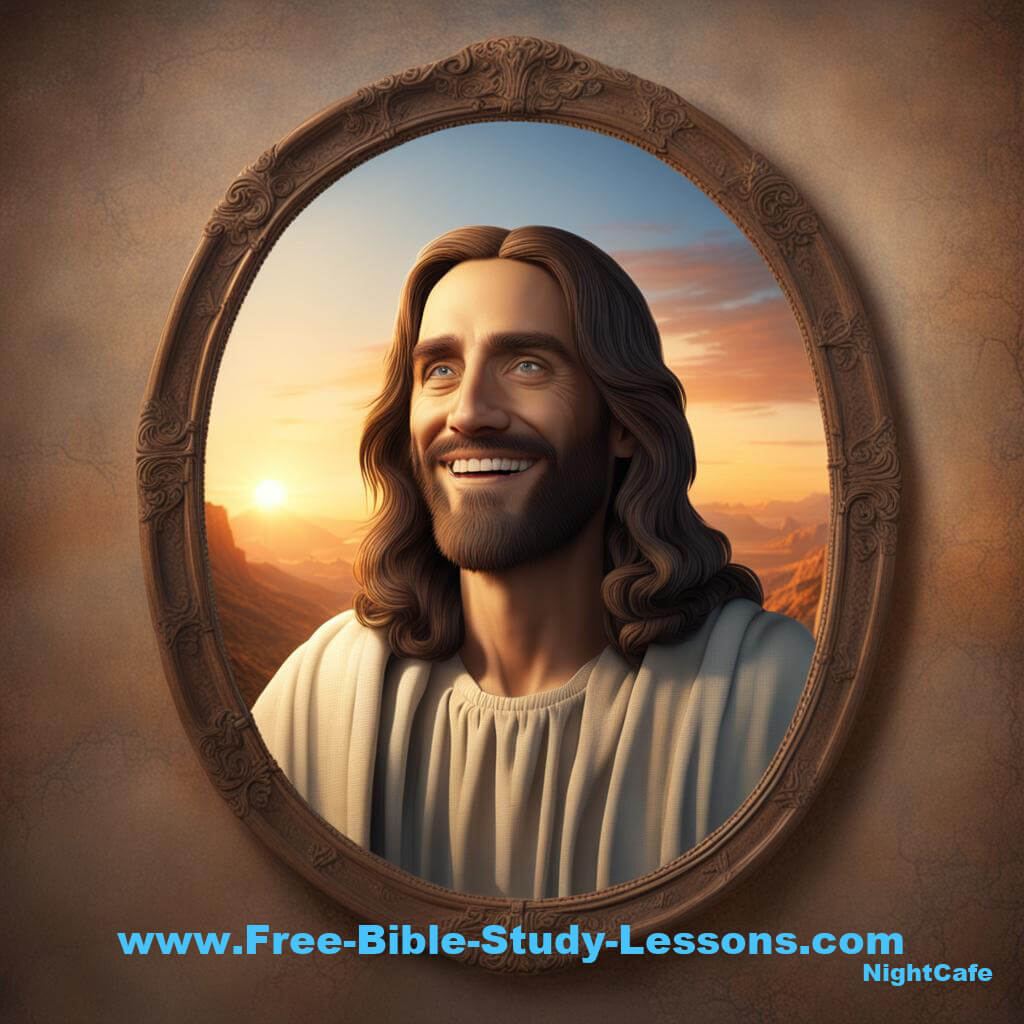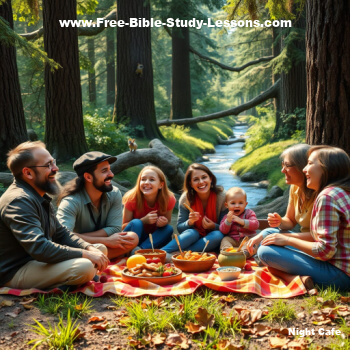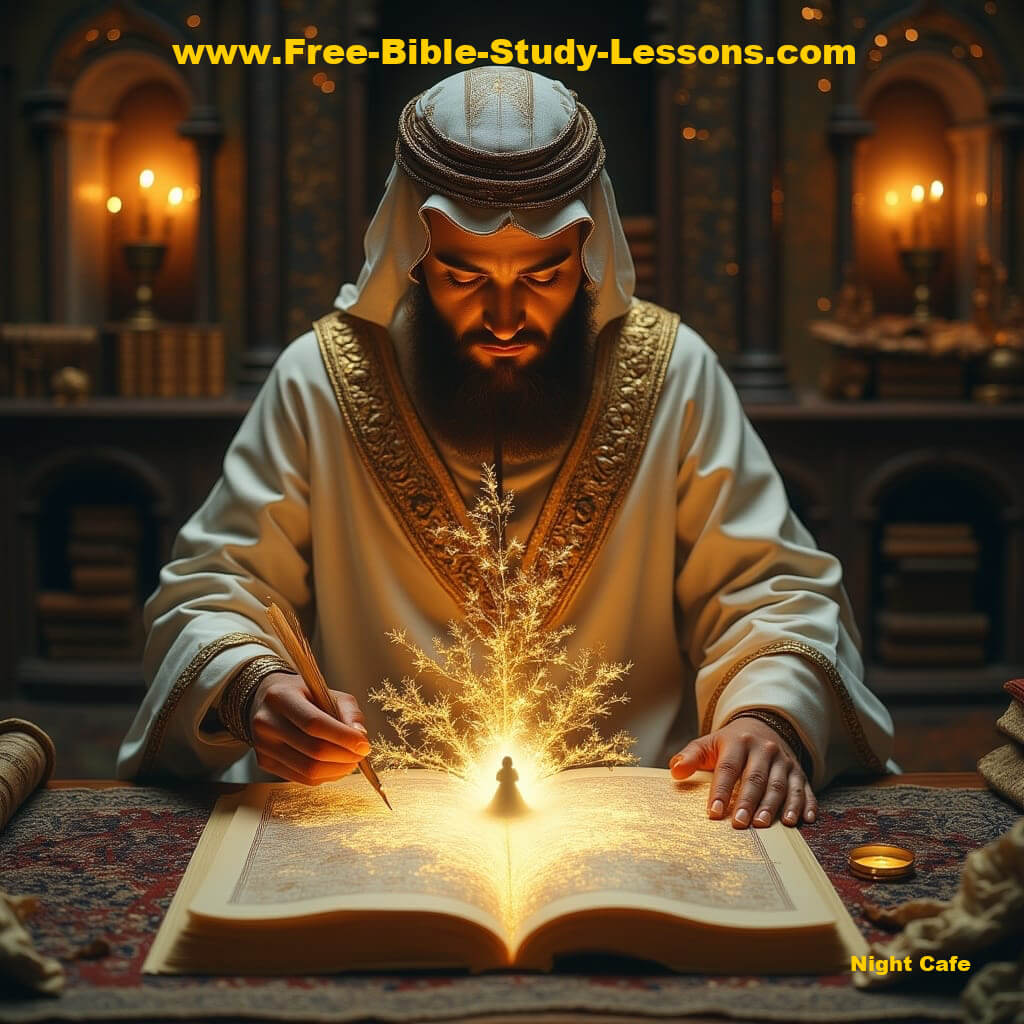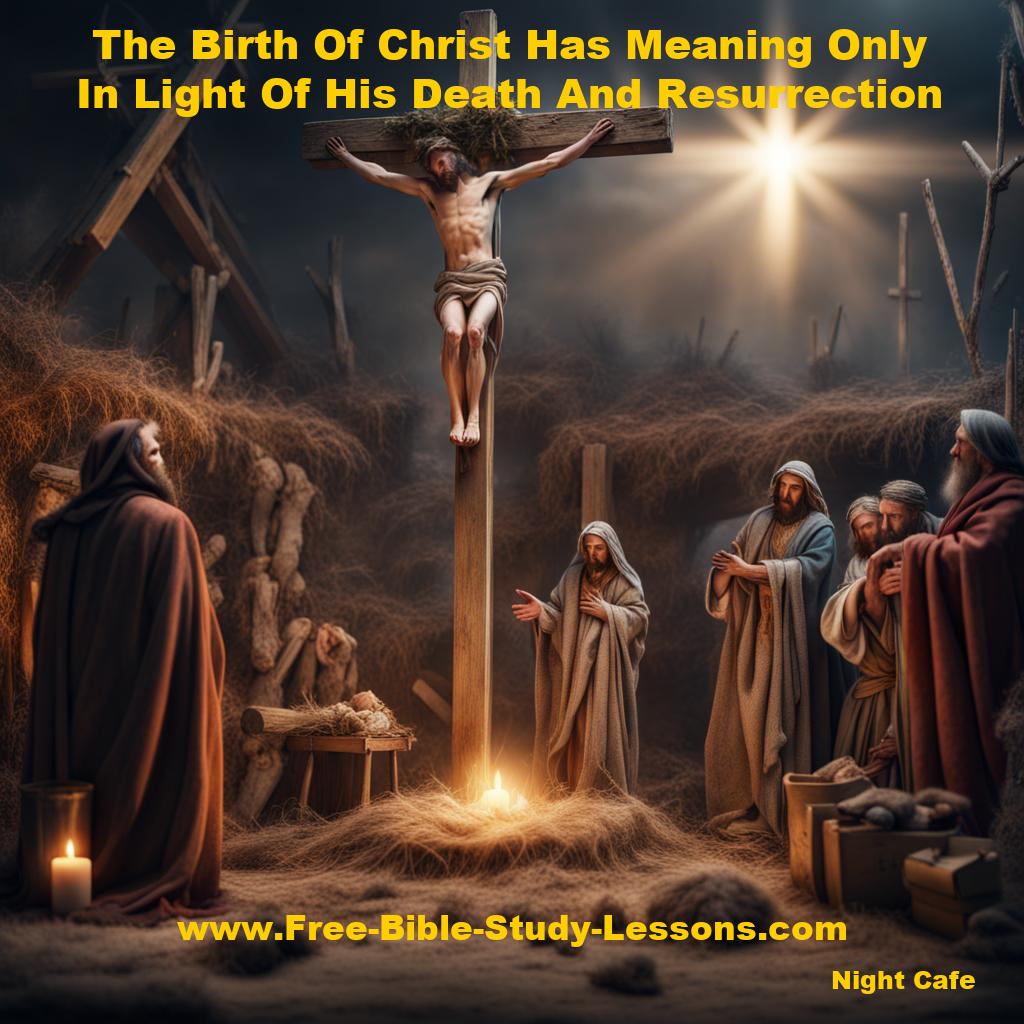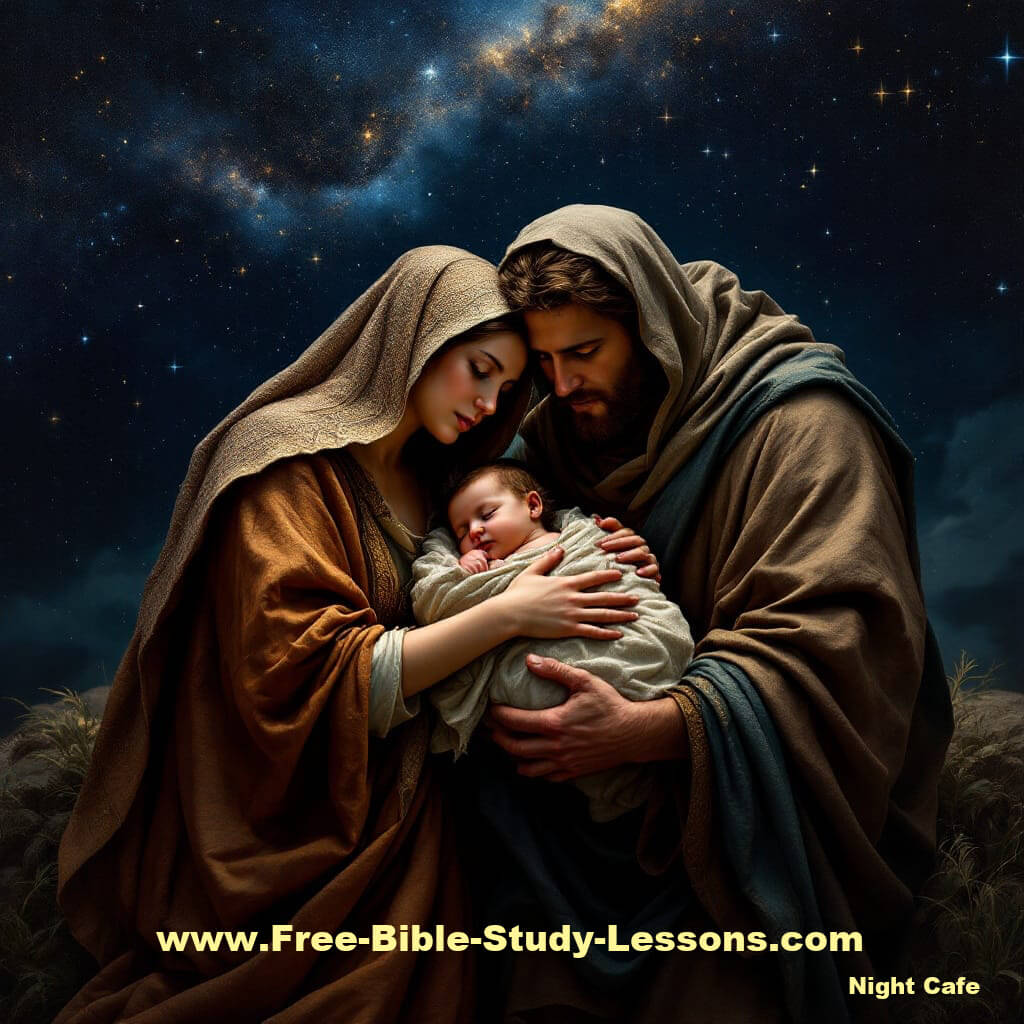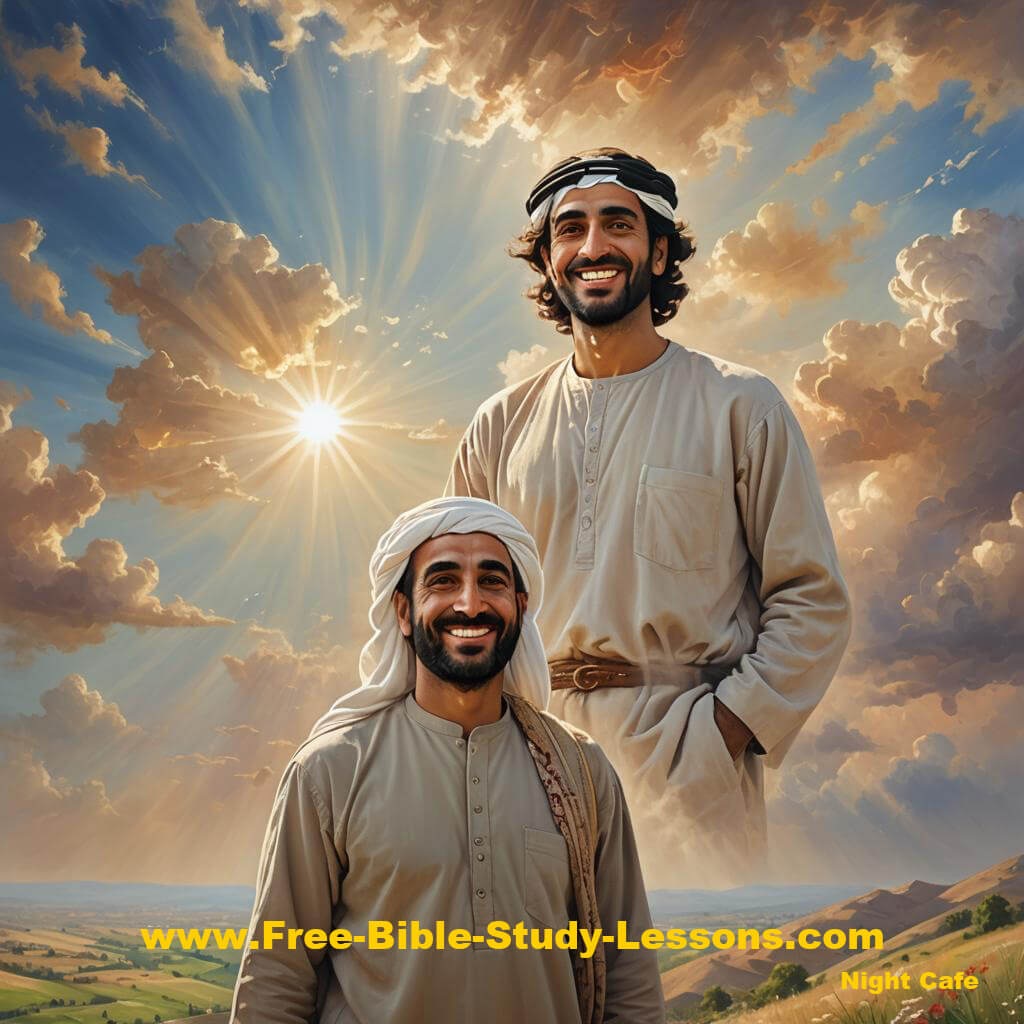| site search by freefind |
- Home
- Free Bible Courses
- Feed Yourself
- Feed Yourself Lesson Four
[If you purchase anything on this site, I may make a commission. Disclosure Policy]
Feed Yourself Lesson Four

That in the dispensation of the fullness of times he might gather together in one all things in Christ, both which are in heaven, and which are on earth; even in him:" Eph. 1:10
The primary tool in Bible study is, of course, the Bible. We need to become very familiar with it. Bit by bit, we should be gaining a deeper understanding of this amazing gift from God.
Sitemap -
Newsletter -
Statement Of Faith -
Donate
Follow us on social media for daily Scripture comments and more at MeWe, Facebook or YouTube.
Dr. G. Campbell used to say that he would not teach any book of the Bible until he had read it 50 times. How many of us have read an entire book of the Bible even one time? How many of us have read the whole Bible? Fortunately, even if you have not done so before, you are now in the process with your daily reading through the Bible.
In this lesson, we will examine how the Bible is organized and its primary theme. We will then continue to work with the Devotional Method.
The Bible is composed of 66 books written over approximately 1,800 years by about 40 different authors. Not only did God use different people, but He also used individuals from diverse social backgrounds. Writers include kings, diplomats, scholars, farmers, fishermen, tax collectors, shepherds, priests and more, each with their unique perspectives. The first part of the Bible is the Old Testament [or Old Covenant], which consists of 39 books. These Books are divided into four general categories:
1. Books of Law called the Pentateuch or Torah,
2. The Historical Books,
3. The Poetic Books, and
4. The Prophetic Books.
The New Testament [or New Covenant] has 27 books, which is also divided into four categories:
1. The Gospels,
2. The Historical Book,
3. The Letters, and
4. The Book of Vision.
To see which books are in which categories, refer to Books Of The Bible. Note: The Hebrew Scriptures, before the time of Christ, contained all the books that comprise the Old Testament, but they were arranged in a different order.
The Bible is a library in itself! Yet, as we will see, it has a central theme which must be kept in mind. For example, there have been great civilizations of the past, like the Chinese Civilization, that the Bible never mentions. The reason is that it is not a textbook on world history in general, but instead focuses on the people, events, and civilizations that relate to its theme.
Read 2 Tim. 3:16, 2 Peter 1:20-21. We believe the Bible to be the inerrant Word of God. What this means is that the original documents [called the autographs] were without error. God worked through men to produce the Bible. He did so by inspiration [not dictation], allowing their true personalities and styles to express themselves without altering the true Word of God. None of the autographs exist today, but we have extremely reliable copies. Textual criticism is the science of studying ancient manuscripts to ensure that the copies we have are as close as possible to the original documents.
The purpose of the Bible is to reveal the true God and His plan of redemption to mankind. [Interestingly, the Bible never sets out to prove God exists. It starts with the foundation that the reader knows God exists and then sets out to reveal God and His plan.] The Bible answers all the tough questions people have struggled with over the millennia. Who am I? Where did I come from? What is my purpose? Can I know God? Why is there evil in the world? And so on...
Some people wonder if the Old Testament is important now that the New Testament is here. If the Old Testament has been replaced, why do we even need it? The answer is that the Old Testament has not been replaced in the sense that it is no longer valid or necessary. The Old Testament finds its true and complete fulfillment in the New Testament. To look at it from another angle, the Old Testament is the foundation on which the New Testament is built. [This is one reason why atheists - and tragically some Christians - attack the book of Genesis so heatedly. They know if they can destroy it, they have destroyed the foundation on which the rest of the Bible is built.] Therefore, the Old Testament provides the context in which the New Testament must be understood, and the New Testament serves as the light that reveals the true meaning of the Old Testament. They work together. We look at this in more detail in our Master Life Course.
The New Testament writers were all very familiar with the Old Testament, having been trained in it since they were toddlers. [Many Jewish boys memorized the Pentateuch, starting with Leviticus. Why Leviticus? Leviticus is where we learn that without the shedding of blood there is no forgiveness of sins.] Many of the New Testament letters were addressed to people who were familiar with the Old Testament, and much of what they wrote assumes the reader understands the basic principles of the Old Testament. We will never come to a mature understanding of the New Testament if we are ignorant of the Old Testament. The much-abused Book of Revelation, for example, relies heavily on Old Testament symbols.
Although the theme is the same in both the Old and New Testaments, sometimes the focus is different. For example, in the Old Testament, we find numerous laws that apply to civil government. Civil governments are still required to govern in accordance with these laws and will be judged for their failure to do so. These laws are not repeated in the New Testament because a] they had already been given, and b] the New Testament focuses on the establishment and government of the Church and deals with civil government only in passing. If we do not accept and understand the Old Testament, we will miss the will of God in many key areas of life.
God has revealed His plan to mankind step by step. Starting in the Garden of Eden, the plan is revealed one piece at a time until the full brightness of the revelation is given in Jesus Christ. We examine this in detail in the Love Covenants Course.
Read Gen. 3:15. This is the very first glimpse of hope and promise of redemption that we have. Every major doctrine in the Scripture is found in Genesis in seed form. Genesis truly is the Book of Beginnings, and the rest of the Bible explains and expands on what we find in Genesis.
And that leads us to the theme of Scripture. The theme is not mankind at all. As the above Scripture shows, the theme of Scripture is Jesus Christ. He is the Beginning and the End. He is what it is all about. Humanists hate that idea because they want to be the center of everything. Sorry, Jesus is the Center. It is all about Him. If we do not keep this central theme in mind in our Bible Studies, we will end up in error. Everything is written to bring glory and honour to Jesus. To get a brief idea of how Jesus is the center of every book of the Bible, read Christ in Every Book in the Bible.
Everything the Bible states is true, but it remains true to its theme. As mentioned above, it only deals with persons, events and places that were important in God working out His plan of redemption through Jesus Christ. Israel may seem to be the center of the Old Testament, but that is only because God used them as the womb through which Jesus Christ would come into the world. That was their mission. The Old Testament period, from the Fall in Gen. 3 to the death of Christ, is like the 9-month pregnancy term in which the baby is growing and developing, waiting until the perfect time to be born. We can see many times Satan trying to abort the Baby, but God always protected Him. The New Testament is the glorious news that the Baby is here! Everything the Old Testament worked for has arrived!
Regardless of the type of Bible study we engage in or the topic we explore, we must always keep Jesus at the center. Failure to do that will result in error or misplaced emphasis.
WEEK FOUR PROJECT
1. Day One - Seven: Read through the entire book of 1 John [only five chapters] in one setting every day for the next week. Each day, after you have read through 1 John, pick one verse and read it several more times. Do your devotional reflecting, recording and responding on that verse. Before the next lesson, be sure you have selected one verse from each chapter.
2. Continue with your daily reading program.
***********************
Reference Works Used In This Course:
Bible Study Methods by Mrs. Shirley Davis
The International Inductive Study Bible by Harvest House Publishers
Effective Bible Study by Howard F. Vos, Zondervan
How To Understand Your Bible by T. Norton Sterrett, IVP
How To Study Your Bible by Kay Arthur, Harvest House
Independent Bible Study by Irving L. Jensen, Moody
How To Study The Bible For Yourself by Tim LaHaye, Harvest House
Return to Feed Yourself Lessons.
Follow us on social media for daily Scripture comments and more at MeWe, Facebook or YouTube.
Sitemap -
Newsletter -
Statement Of Faith -
Donate
Sign up for our free monthly newsletter or take one of our free Bible Study courses.
Please note: We no longer have the commenting feature [maybe again in the future]. Joshua Institute students who have questions or comments on their courses can use the contact button and mention the course name and lesson number in the email. Thank you. Glenn

Privacy - Disclosure

